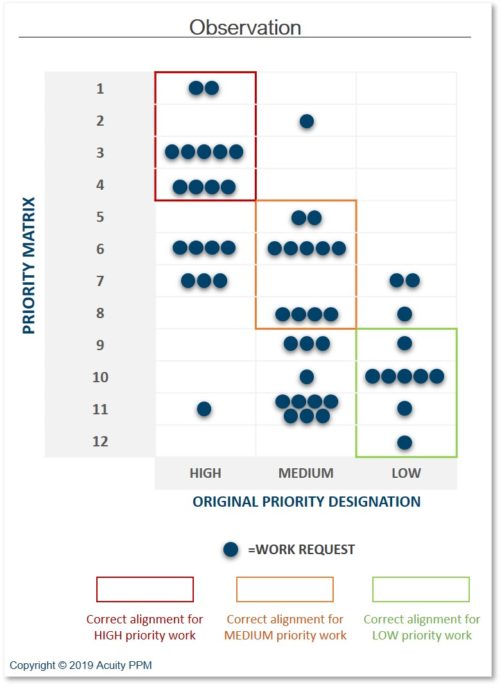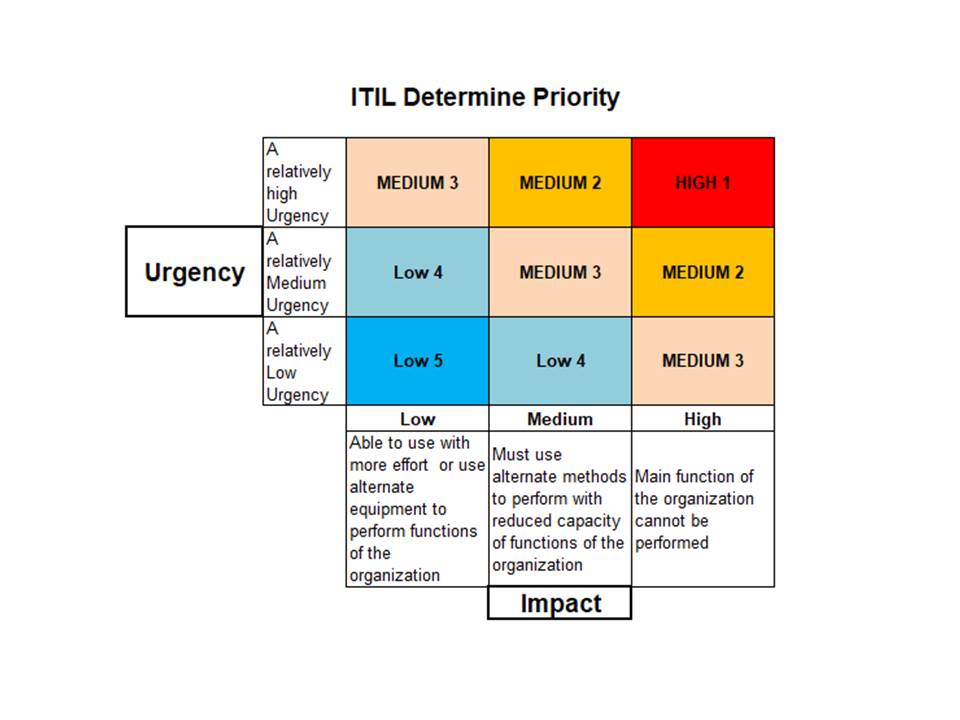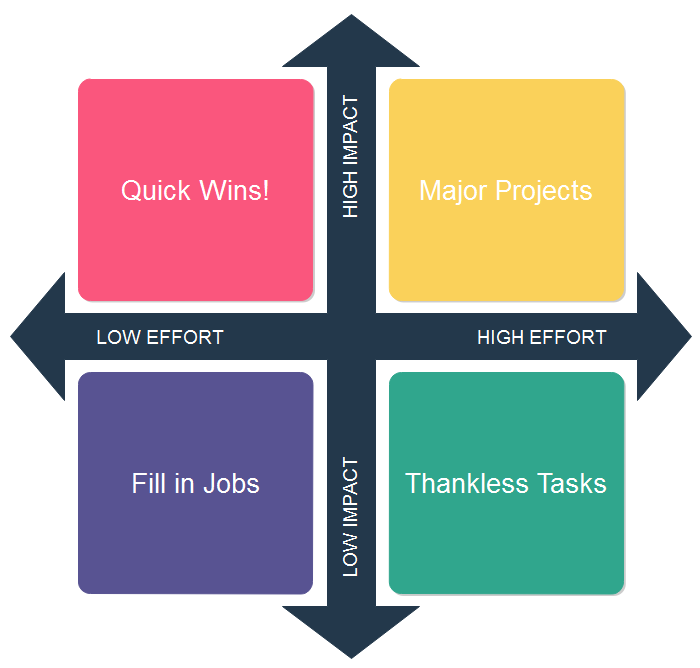

Most importantly Impact/Effort analysis requires us to make somewhat reliable predictions on future events - the effort we will require to complete a task and the value that will be delivered to users and/or to the company once completed. Not so fast…Īs straightforward as this all seems, there are major problems with Impact/Effort prioritization that cause us to pick the wrong winners. My subscribers also get bonus content, templates, eBooks and more. To receive posts like these by email sign up to my newsletter. Prioritization with the Impact/Effort Matrix And finally we create a mix of Incremental and Big Bet projects based on available resources and our appetite for big or small projects.Next we mark easy wins at the top priorities.First we eliminate anything that’s in the Money Pit (good riddance).

… and now prioritization is quite straightforward: Overlaying our projects on the grid matrix gives an immediate and clear picture: Prioritization with the Impact/Effort Matrix We definitely don’t want to spend our limited resources building things that take a lot of work and deliver little returns. And finally there is the low impact / high effort combo at the bottom right - the so called Money Pit, Thankless task, or White Elephants. No one will say no to an easy win (and who knows, maybe there’s a $300M button waiting to be discovered…). Most desirable is the combination of high Impact and low effort on the upper left. These are the big bets that more ambitious teams like to take on. On the opposite end of the matrix, the High/High combination encompasses bigger projects that promise major returns. Every product backlog has many of those and they play an important role as fill-ins, although they are often lower priority. The Low/Low quadrant on the bottom left represents small incremental improvements to the product. Impact effort matrixĪs with most models, the idea is compellingly simple - dividing the space into four quadrants helps us see how projects stack up. Googling it will give you thousands of results and many variations - this is kind of an industry best practice. You may be familiar with this model - The Impact/Effort Prioritization Matrix. It’s pretty clear that the top-most project on the left is better than everything else, definitely those ones on the bottom right, but how do all the other ones compare?

To see why let’s plot the tasks the Effort/Impact axis: But that’s where things get a little bit tricky. Once you have the numbers in place, it’s a matter of picking the features that give you the best bang for the buck. Impact can be graded on a scale, for example 1–5, 5 being the highest, or again as high/medium/low. You probably already have these two column in your product backlog or idea bank):Įffort can be stated in person/weeks or simply has high/medium/low. The Impact/Effort prioritization matrix is a staple of product management - it’s simple, easy to understand and ubiquitous.


 0 kommentar(er)
0 kommentar(er)
